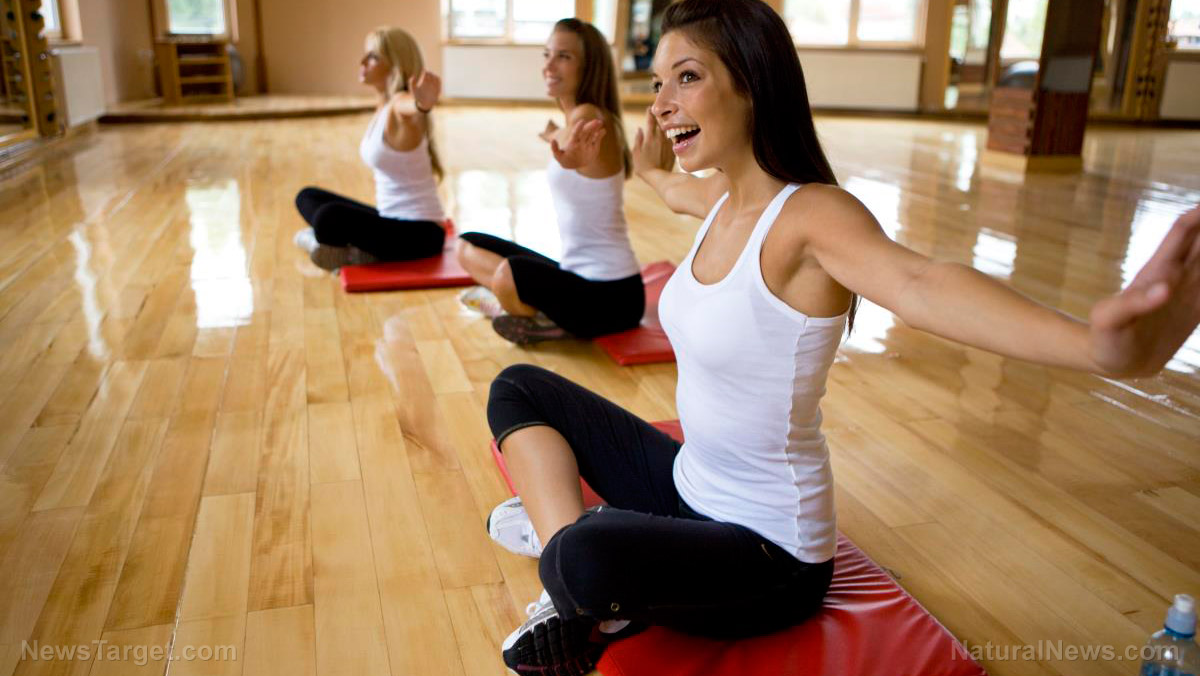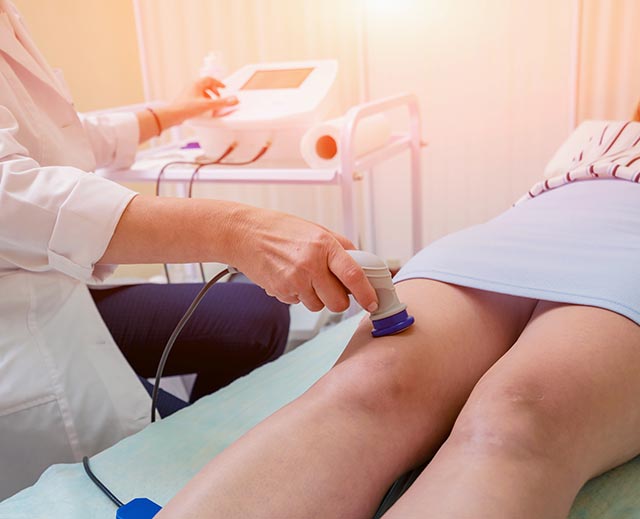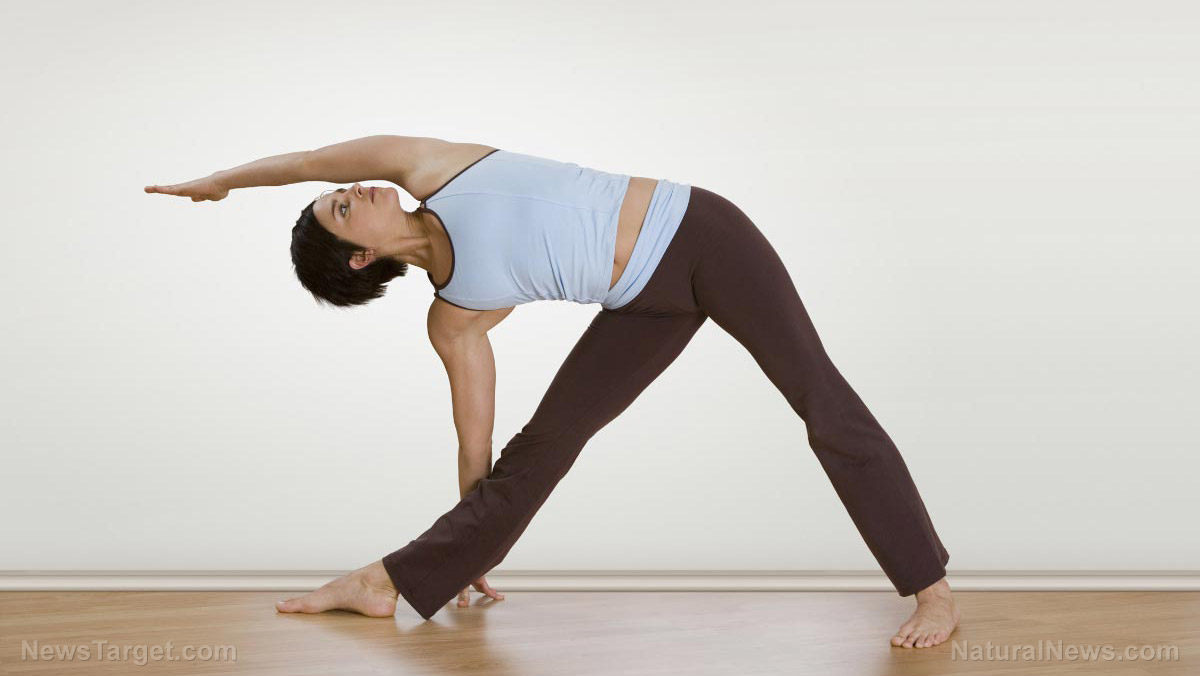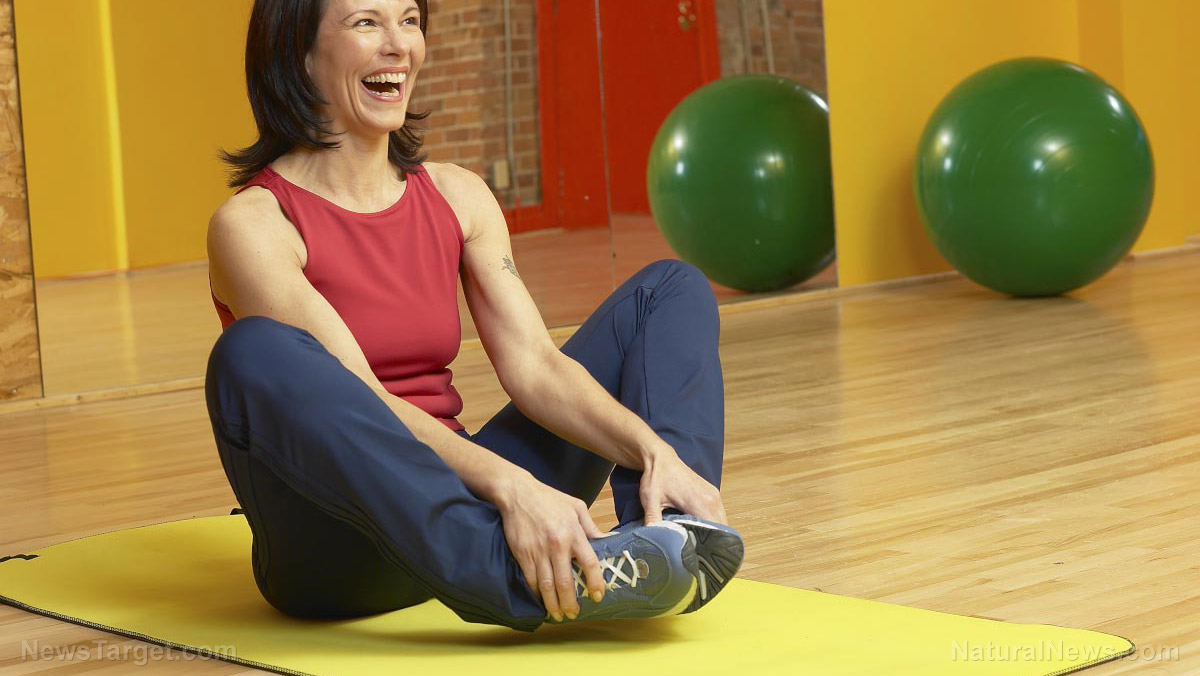Exercise found to protect your eyesight
09/17/2018 / By Ralph Flores

Looking for ways to maintain your good eyesight? According to a study conducted by researchers from the University of California, Los Angeles, people who take part in moderate to intense physical activity have the capacity to curb their chances of developing glaucoma. The results of the research, presented at the 121st Annual Meeting of the American Academy of Ophthalmology, indicates a 73 percent dip in the likelihood of developing the disease among physically-active participants, as opposed to those who were not that much active.
Glaucoma is one of the leading causes of blindness worldwide. In the U.S. alone, the Centers for Disease Control and Prevention (CDC) estimates three million people suffer from the disease. Once the disease has progressed, there is no known cure — with treatments only serving to slow down its development. In earlier studies, lifestyle choices were not correlated with the development of glaucoma. With the onset of recent studies, this assumption has been refuted, and a person’s lifestyle is now factored in with the development of the disease.
The research team evaluated data from the National Health and Nutrition Examination Survey (NHANES) in order to determine the relationship between exercise intensity and glaucoma. From the NHANES, a massive study that has recorded the health and nutritional status of adults since the 1960’s, researchers studied that data in order to characterize moderate to vigorous activity in terms of walking speed and the number of steps taken per minute using a pedometer. For every seven thousand steps taken in a day, this was considered to be proportionate to 30 minutes of moderate physical activity.
Results of the study then pointed out that for each 10-unit increase in walking speed and the number of steps taken in a minute, the likelihood of glaucoma development dropped six percent. Meanwhile, for each 10-minute increase in moderate to vigorous activity per week, the risk dropped by 25 percent.
“Our research suggests that it is not only the act of exercising that may be associated with decreased glaucoma risk, but that people who exercise with higher speed and more steps of walking or running may even further decrease their glaucoma risk compared to people who exercise at lower speeds with less steps,” Dr. Victoria Tseng of the University of California, Los Angeles explains.
While there have been studies that show how exercise affects blood flow and pressure inside the eye — which can correlate to glaucoma risk — additional research on the direct relationship between glaucoma and exercise should be pursued in order for physicians to make proper recommendations for both areas.
Previous studies have indicated the benefits of exercise in protecting against other eye conditions such as wet age-related macular degeneration and cataracts.
Cataracts are defined as a clouding of the lens in the eye. This can impair vision and is very common with older adults. Wet macular degeneration, on the other hand, is a condition where abnormal vessels leak fluid or blood into the macula, causing vision loss. Some symptoms of degeneration include visual distortions, blurry spots or blind areas in your field of vision, and a feeling of general haziness.
Regular exercise can also help manage diabetes, another factor in the development of glaucoma. Moreover, coupled with a healthy diet, other triggers for visual impairment such as hypertension and high cholesterol levels can be managed as well. (Related: Green tea nutrients may prevent glaucoma.)
To learn more how to protect your eyes from glaucoma through exercise, head over to Natural.news.
Sources include:
Tagged Under: age-related macular degeneration, blindness, cataracts, circulation, exercise, fitness, glaucoma, good lifestyle habits, prevention, research, vision




















